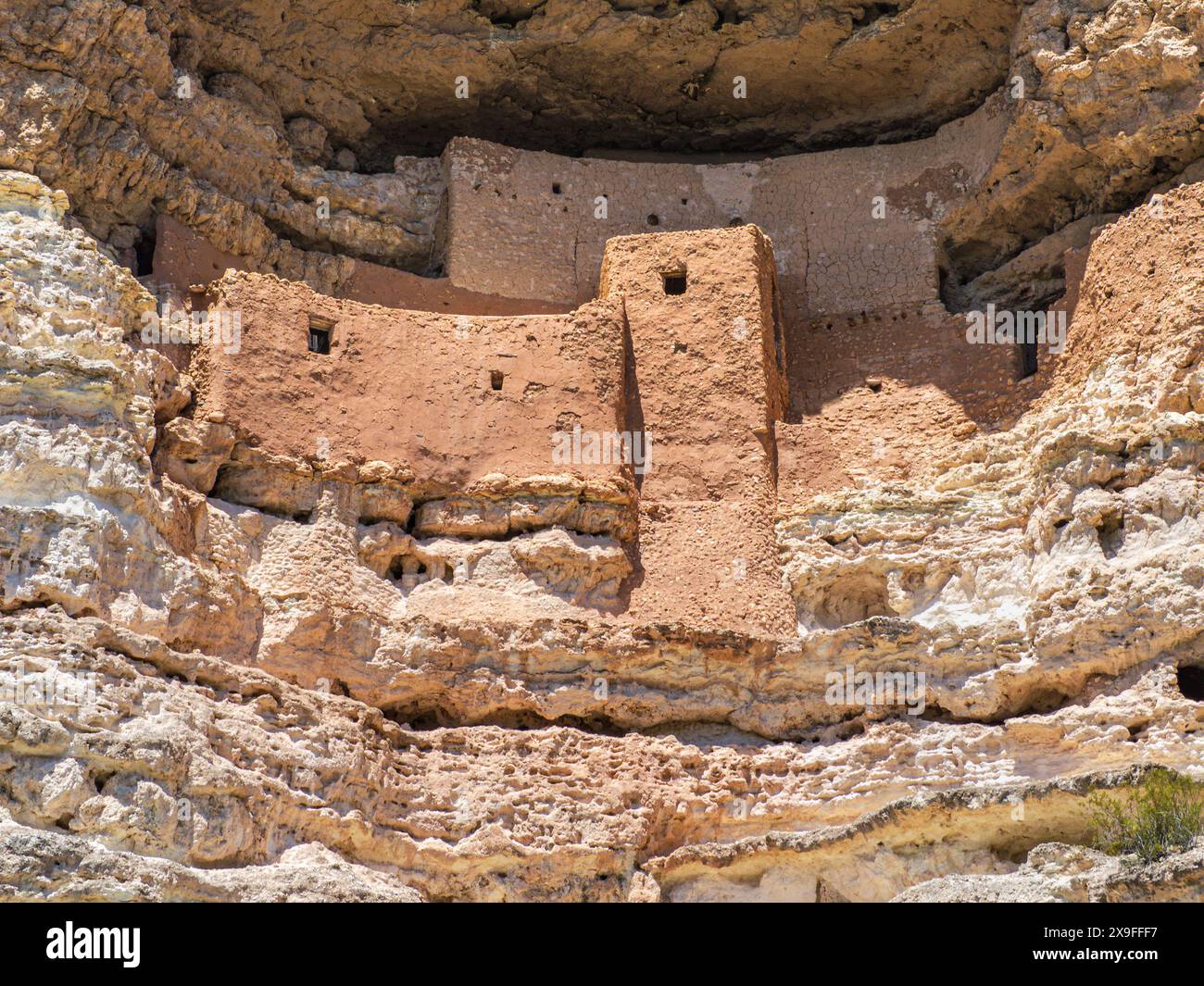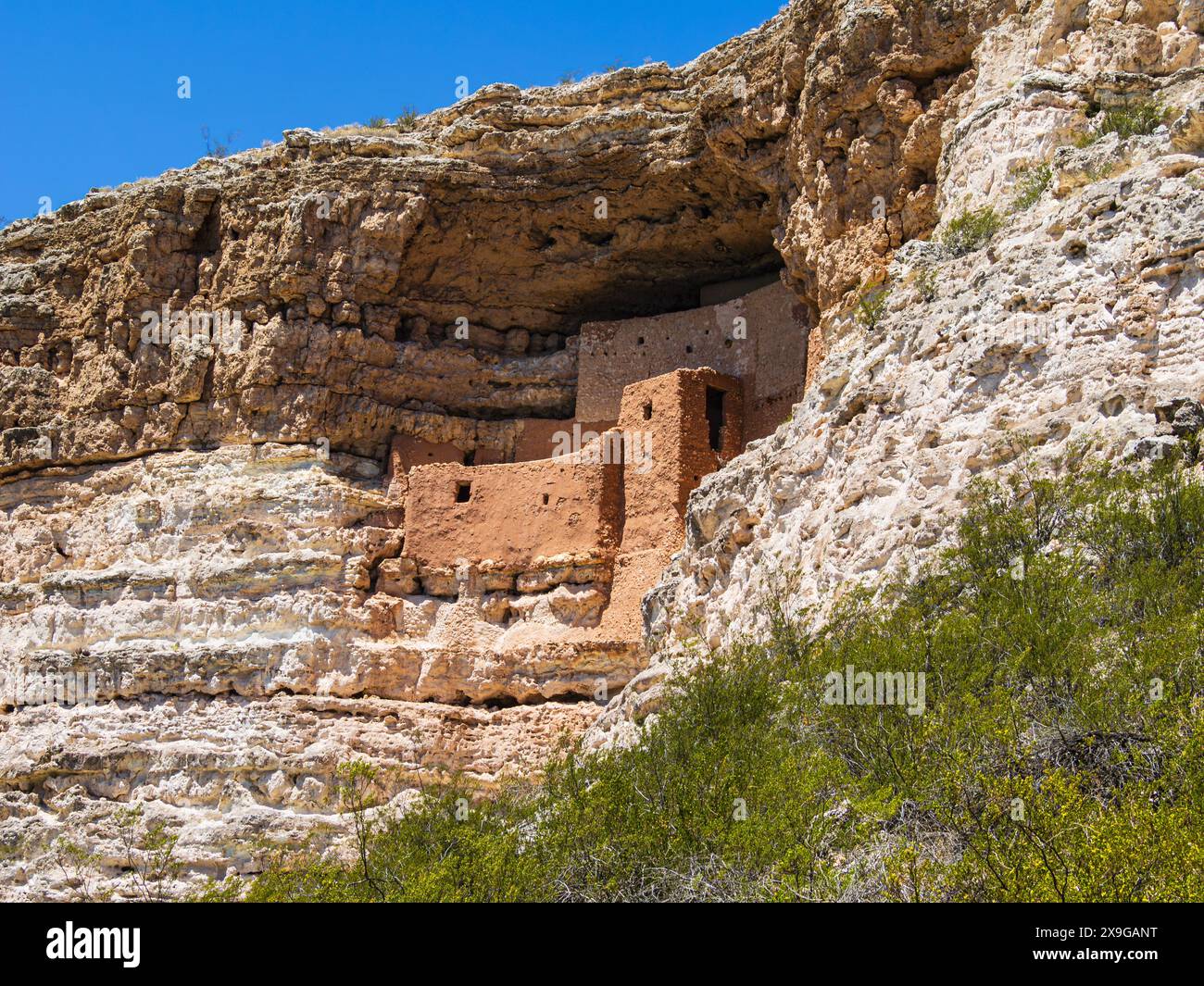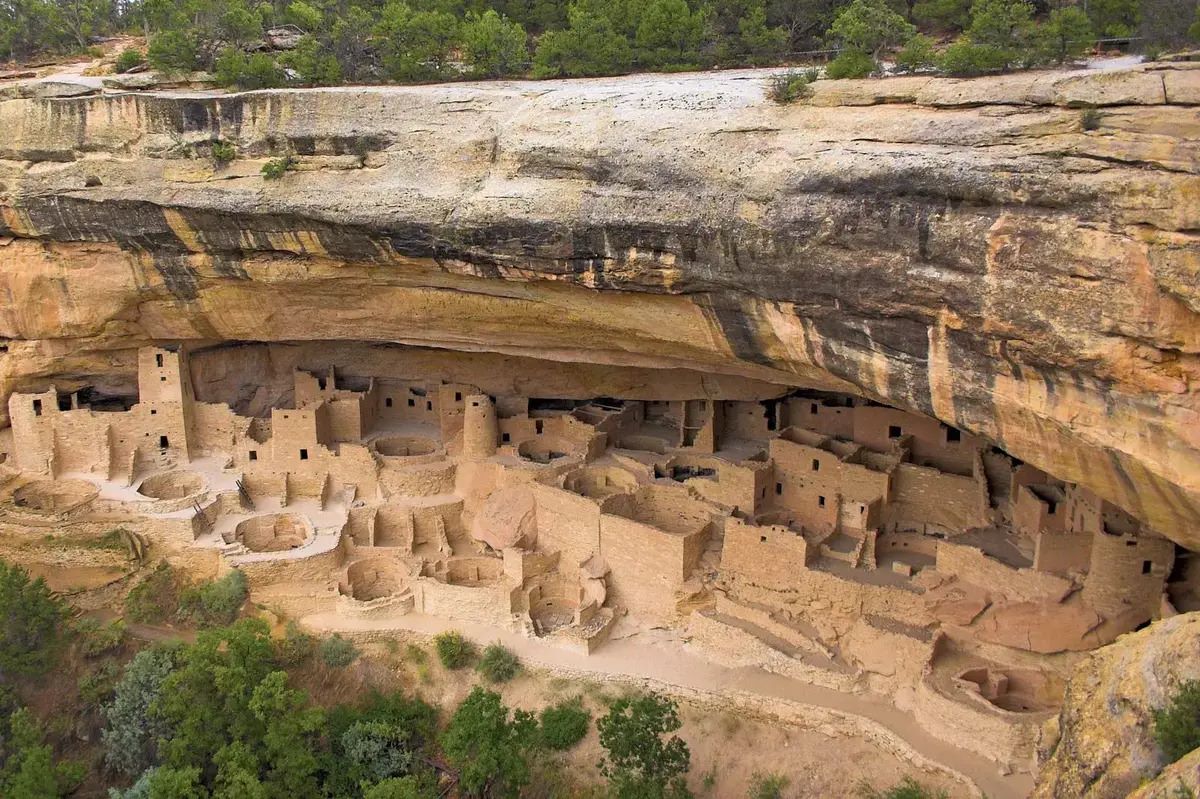
The Enduring Legacy of Verde Valley’s Ancient Architects: Masters of Stone and Sky
In the heart of Arizona, where the vibrant red rocks of Sedona give way to the verdant ribbon of the Verde River, lies a landscape steeped in ancient mysteries and profound human ingenuity. Here, for centuries, a remarkable people, known today as the Sinagua, carved not just a living, but an enduring civilization into the very cliffs and mesas of the valley. These were not mere inhabitants; they were master architects, engineers, and visionaries whose structures – particularly the iconic cliff dwellings – stand as eloquent testaments to their profound understanding of their environment, their sophisticated building techniques, and their resilient spirit.
The term "Sinagua," coined by archaeologists, is Spanish for "without water," a somewhat ironic name given that these people were expert farmers who harnessed the Verde River’s lifeblood for irrigation. Flourishing roughly between 1100 and 1425 CE, the Sinagua culture represents a distinct and vital chapter in the broader narrative of the Ancestral Puebloans and other pre-Columbian peoples of the American Southwest. Their architectural achievements, from the multi-story cliffside "castles" to expansive hilltop pueblos, are far more than simple shelters; they are integrated ecosystems of human life, designed with an intelligence that continues to awe modern observers.
The Sinagua Blueprint: An Unparalleled Integration of Nature and Design
What truly sets the Verde Valley’s ancient architects apart is their unparalleled ability to integrate their constructions seamlessly with the natural landscape. They didn’t just build on the land; they built with it. The cliffs themselves became walls, roofs, and foundations, offering natural insulation, strategic defense, and an innate connection to the spiritual world.
Their "blueprint" was dictated by the environment. Natural alcoves, carved by millennia of erosion, provided ideal starting points. These deep overhangs offered protection from the scorching summer sun, the biting winter winds, and even potential adversaries. The architects then expanded upon these natural shelters, constructing intricate living spaces that maximized comfort, security, and utility.

Materials were sourced locally, a testament to sustainable practices. Limestone and sandstone were quarried from nearby hillsides, meticulously shaped using simple but effective hammerstones and choppers. Mortar was concocted from a mixture of local clay, water, and often ash, providing a strong, flexible bond. Juniper and pine trees, readily available along the riverbanks and on the higher elevations, were utilized for beams, lintels, and ladders, their sturdy wood forming the skeletal framework of their multi-story structures.
The construction methods, though lacking modern tools, were remarkably sophisticated. Dry-laid masonry, where stones are carefully fitted without mortar, was often employed for stability, particularly in the lower courses. For higher walls and more protected areas, the mud mortar was used to bind the stones, creating durable and aesthetically pleasing surfaces. Plastering the interior walls with a smooth layer of clay provided additional insulation and a clean finish, sometimes adorned with simple designs.
Montezuma Castle: A Marvel of Cliffside Engineering
Perhaps the most iconic example of Sinagua architectural prowess in the Verde Valley is Montezuma Castle National Monument. Perched dramatically within a towering limestone alcove, approximately 90 feet above the valley floor, this five-story, 20-room cliff dwelling is an engineering marvel. Its name is a misnomer, attributed by early European American settlers who mistakenly associated it with the Aztec emperor Montezuma. In reality, it was built by the Sinagua, centuries before Montezuma’s reign and far from the Aztec empire.
Building such a structure was an immense undertaking, requiring foresight, collaboration, and an intimate understanding of structural mechanics. Imagine the logistical challenges: hauling stone, timber, and water up the sheer cliff face using only hand tools, ropes, and ladders. The Sinagua architects designed the dwelling to maximize space within the confined alcove, creating interconnected rooms that served as living quarters, storage areas, and communal spaces. The dwelling’s strategic placement offered not only defense but also a commanding view of the agricultural fields along Beaver Creek below, allowing residents to monitor their crops and detect approaching visitors or threats.
"Montezuma Castle is more than just a home; it’s a fortress, a community hub, and a symbol of human adaptability," notes a National Park Service interpretive guide. "The precision with which they fitted the stones, the clever use of natural light and ventilation, and the sheer scale of the construction are mind-boggling when you consider the tools they had at their disposal." The thick walls and recessed location provided passive solar heating in winter and cooling in summer, demonstrating an intuitive grasp of sustainable design principles millennia ahead of their time.
Tuzigoot: A Hilltop Metropolis
While Montezuma Castle exemplifies cliff dwelling architecture, the Sinagua’s architectural repertoire was diverse. Just a short distance away, Tuzigoot National Monument presents a contrasting yet equally impressive example of their building skills. Tuzigoot, meaning "crooked water" in the Apache language, is a large, multi-room pueblo situated atop a natural limestone ridge overlooking the Verde River.
Unlike the confined, vertical construction of the cliff dwellings, Tuzigoot sprawled horizontally, expanding over time to include over 100 rooms. Its architects designed a contiguous structure that could house an estimated 200-250 people. The rooms were built side-by-side and often stacked, creating a terraced effect that followed the contours of the ridge. This layout provided communal living spaces, but also distinct residential units, indicating a complex social structure.

Tuzigoot’s strategic location made it a significant trade hub, connecting the Sinagua with other cultures across the Southwest. Its elevated position offered panoramic views of the valley, essential for defense and for observing the movements of people and game. The design of Tuzigoot, with its thick stone walls and defensible position, speaks to the Sinagua’s understanding of urban planning and community organization on a larger scale. It showcases their ability to adapt their architectural style to different topographies and societal needs, proving they were not limited to a single building type.
Montezuma Well: Hydraulic Engineering and Sacred Spaces
Another fascinating site, Montezuma Well, reveals the Sinagua’s ingenuity in hydraulic engineering and their deep spiritual connection to water. This unique geological feature is a natural limestone sinkhole fed by a continuous flow of warm, mineral-rich water. Around the well, smaller cliff dwellings and pithouses are nestled, but the true marvel lies in the Sinagua’s management of its precious resource.
For centuries, the Sinagua utilized the well’s outflow to irrigate their crops. They constructed an intricate system of canals, or "swallets," some still visible today, to divert water to their fields. This irrigation system, maintained and expanded over generations, is a testament to their long-term planning and collaborative effort. The well itself, a place of constant life-giving water in an arid land, held profound spiritual significance, likely serving as a ceremonial site. The architects who built around and managed the well understood not just the practical aspects of water distribution but also its symbolic power, integrating it into the very fabric of their community and belief system.
The Enduring Mystery: Why Did They Leave?
Around 1425 CE, after centuries of thriving in the Verde Valley, the Sinagua people began to depart their meticulously constructed homes. The reasons for this mass exodus remain a subject of archaeological debate, but a confluence of factors likely played a role. Prolonged droughts, evidenced by tree-ring data, would have strained their agricultural system and depleted resources. Social or political pressures from neighboring groups, or internal strife, might have contributed. Some theories also suggest a spiritual impetus, a call to migrate and merge with other emerging cultures, perhaps in search of new lands or a greater spiritual alignment.
Regardless of the precise reasons, the departure of the Sinagua left behind a landscape dotted with their silent, stone monuments. Their structures stand as enduring questions, inviting us to ponder the lives, beliefs, and ultimate fate of these remarkable people. Modern descendants, including the Hopi, Yavapai, and Apache tribes, carry forward aspects of their cultural heritage, reminding us that the Sinagua did not vanish but rather transformed and integrated into the tapestry of the Southwest’s Indigenous peoples.
A Legacy of Ingenuity and Resilience
Today, the Verde Valley’s ancient cliff dwellings and pueblos serve as powerful educational sites, protected by the National Park Service. They offer invaluable insights into human adaptation, sustainable living, and the profound relationship between culture and environment. The "architects" of the Sinagua culture were not merely masons; they were environmental designers, community planners, and master builders who crafted living spaces that resonated with the rhythms of their world.
Their legacy is a testament to the fact that sophisticated engineering and architectural brilliance are not solely the domain of steel and concrete. With simple tools, profound observation, and an unwavering connection to their land, the Sinagua people created structures that have defied centuries of erosion and human encroachment. They built not just homes, but monuments to their enduring spirit, whispering tales of ingenuity and resilience from the sun-baked cliffs of the Verde Valley, a timeless reminder of humanity’s capacity to thrive in harmony with the natural world.


